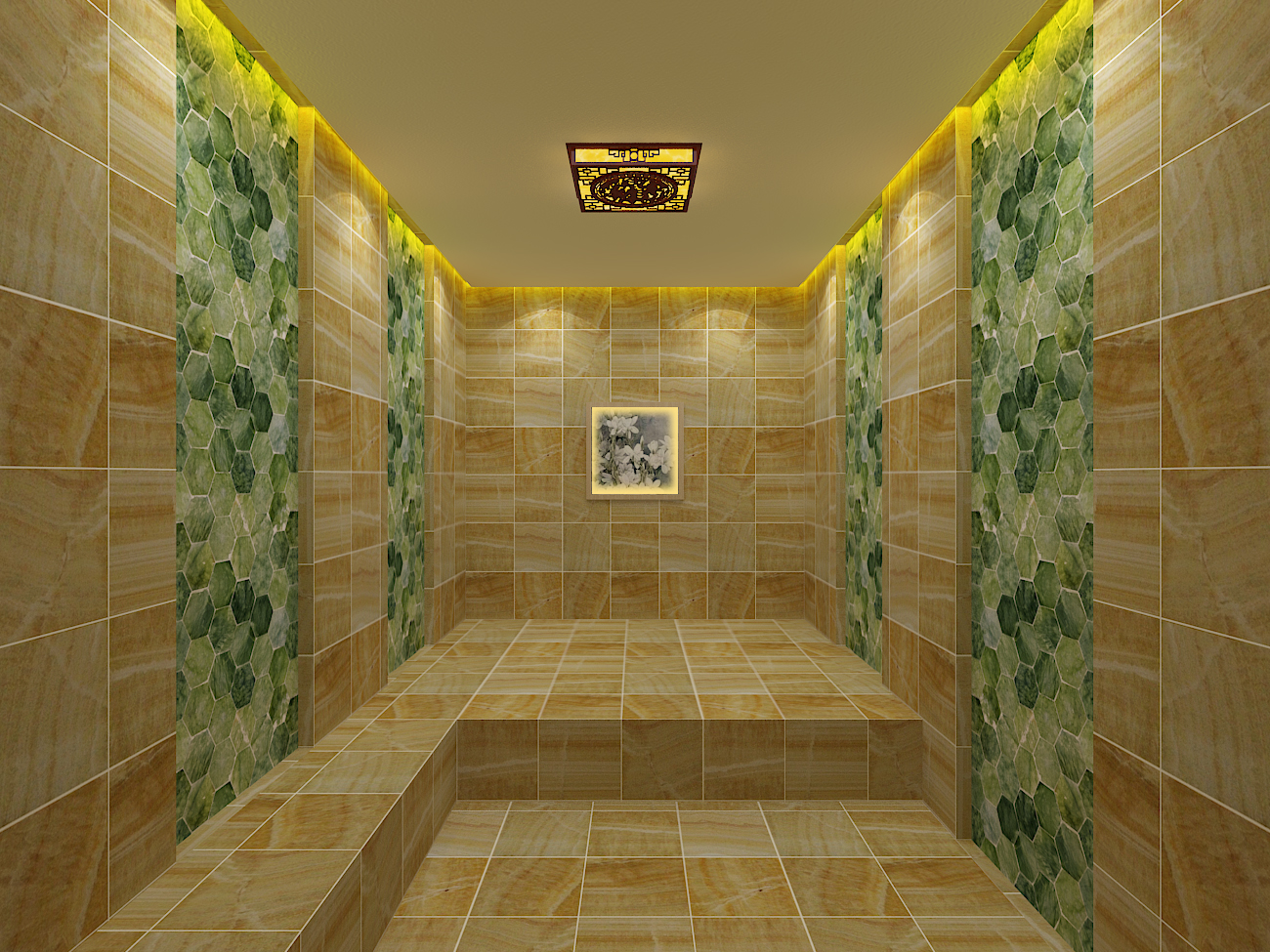
The sweat room, also known as a sauna or steam room, is a place designed for relaxation and health benefits. One of the crucial factors that determine its performance is the choice of insulation materials. In this article, we will explore how insulation materials impact the efficiency and temperature maintenance of a sweat room.
A well-insulated sweat room is essential for several reasons. Firstly, it helps to maintain a consistent and comfortable temperature. This allows users to fully enjoy the therapeutic effects of the heat, whether it's for relaxation, improving circulation, or detoxification. Secondly, efficient insulation can reduce energy consumption. By minimizing heat loss, the heating system doesn't have to work as hard to keep the room at the desired temperature, which can lead to cost savings in the long run. Additionally, proper insulation can enhance the overall durability of the sweat room structure, protecting it from the negative effects of temperature fluctuations and moisture.
Insulation materials act as a barrier to heat transfer. They have a low thermal conductivity, which means they are slow to conduct heat. This property helps to keep the heat inside the sweat room. For example, materials like mineral wool or fiberglass have excellent thermal resistance. When these materials are installed in the walls, ceiling, and floor of the sweat room, they prevent the heat from escaping to the outside environment. As a result, the temperature inside the room can be maintained at a relatively stable level for a longer period.
In addition to conduction, insulation also combats heat loss through convection and radiation. Convection occurs when heat is transferred by the movement of air or fluids. Insulation materials can limit the air circulation around the sweat room, reducing the amount of heat carried away by convection currents. Radiation is the transfer of heat in the form of electromagnetic waves. Some insulation materials are designed to reflect or absorb radiant heat, further enhancing the temperature maintenance capabilities of the sweat room. For instance, reflective insulation foils can be used to bounce back radiant heat, keeping the room warmer.
The use of high-quality insulation materials directly translates to improved energy efficiency. As mentioned earlier, by reducing heat loss, the heating system doesn't need to consume as much energy to maintain the desired temperature. This not only saves on utility bills but also has an environmental benefit by reducing the overall energy consumption. Moreover, a more efficient sweat room requires less frequent heating cycles, which can extend the lifespan of the heating equipment.
Good insulation can also lead to a faster heating time. When the sweat room is well-insulated, the heat generated by the heating source is retained more effectively within the space. This means that the room can reach the desired temperature more quickly, allowing users to start their session sooner. Faster heating also reduces the waiting time between uses, making the sweat room more convenient and efficient to operate.
Since sweat rooms are typically humid environments, the insulation materials must have good moisture resistance. Materials that absorb moisture can lose their insulating properties over time and may also lead to issues such as mold growth and structural damage. For example, closed-cell foam insulation is often a good choice as it has excellent moisture resistance and can maintain its insulating performance even in a humid setting.
The insulation materials used in a sweat room should be safe and non-toxic. They should not release harmful gases or particles when exposed to heat or humidity. Some insulation materials, such as certain types of fiberglass, can cause skin irritation or respiratory problems if not properly installed or maintained. Therefore, it's important to choose insulation products that are certified for use in indoor environments and follow proper installation guidelines.
The insulation in a sweat room needs to be durable enough to withstand the high temperatures and humidity levels over an extended period. Materials that degrade quickly or lose their insulating effectiveness due to thermal expansion and contraction should be avoided. For instance, mineral wool insulation is known for its durability and can maintain its performance for many years, making it a reliable option for sweat room insulation.

